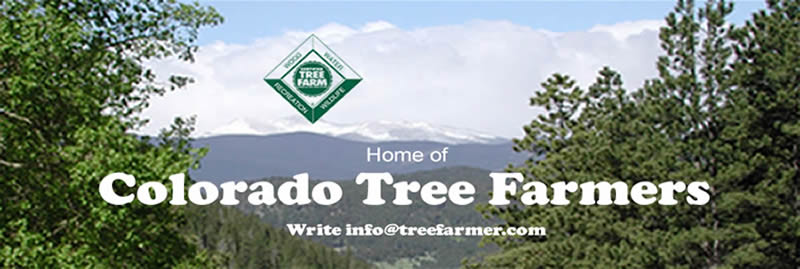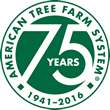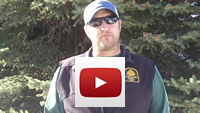| Be confident that what you do in your forest will improve it's health and sustainability for future generations. Become a Tree Farmer! |
|||
| Tree Farmer Alert | |||
| Sunday, April 9, 2017 Over 800 readers and growing! |
|||
What's in your Woods?
Be a winner in the Wisest Woodcutter contest by choosing the most correct answers in "Whats in your Woods?" over the next year. See details.
|
|||
Tree Farm Program Benefitscontrbuted by Wes Rutt, Tree Farmer
|
|||
I recently attended a Colorado Tree Farm meeting. It reminded me of the special and unique benefits that can be available to landowners with forested property who participate in Colorado’s Tree Farm program. My Tree Farm is in Larimer County Colorado and for many years now Tree Farmers here have met a few times each year to:
|
|||
Ruminations on Forest Soil Health in New MexicoBy Carl Struck, Certified Tree Farm #2
|
|||
I've heard it said that master gardeners don't take care of their plants...they take care of the soil and the soil takes care of the plants. Recently, while cutting up a very old and very twisted Ponderosa that fell victim to bark beetles, I had an epiphany.
|
|||
The average distance from any point in the nation to the nearest forest has increased 14 percent since 1990from The Denver Post
|
|||
A new study of satellite images taken over 10 years starting in 1990 shows the rural forest canopy disappearing. Forest space disappeared from the United States in such big chunks that the average distance from any point in the nation to a forest increased by 14 percent, about one-third of a mile.
|
|||
A Rocky Mountain Forest from Nebraskacontributed by Dan Wand, Durango ass't District Forester
|
|||
Nebraska might not seem like the place where trees for the Rocky Mountain forests would be grown but that’s where one man leads the effort to grow millions of trees.
|
|||
Bringing Back the American Chestnut Tree
|
|||
The towering trees — redwoods of the east, some called them — were a foundational species in the forests that stretched from southwestern Ontario to Georgia. In some parts, one in four trees was an American chestnut. The trees were a refuge for hundreds of species and a thrumming industry: its wood was so hardy that chestnut fences still stake Ontario fields. Then, in less than 50 years, the trees were gone.... Aitken and other researchers are monitoring Powell’s progress, because so many other tree species, from the Elm to the Butternut, are being ravaged by disease. “Really, the chestnut has a chance to pave the way,” says Aitken.
|
|||
How to Celebrate Forests — and Help Save ThemBy Bob Berwyn, The Pacific Standard
|
|||
Twisted, lightning-scarred and windswept, North America’s ancient bristlecone pines have seen as much climate change as any living organism on Earth. The oldest of the giants, growing in the remote White Mountains of eastern California, sprouted from seed more than 5,000 years ago, about the same time recorded history began with Sumerian culture. After persisting and co-existing with humanity for all that time, it’s not clear how much longer bristlecone pines will be able to survive. Despite their longevity, they appear to be among the tree species most vulnerable to extinction.
|
|||
|
|||
|
|||
If this email was helpful,
|
|||



 the road, behind the green and white Tree Farm signs and we care about what's happening in our forests.
the road, behind the green and white Tree Farm signs and we care about what's happening in our forests.
